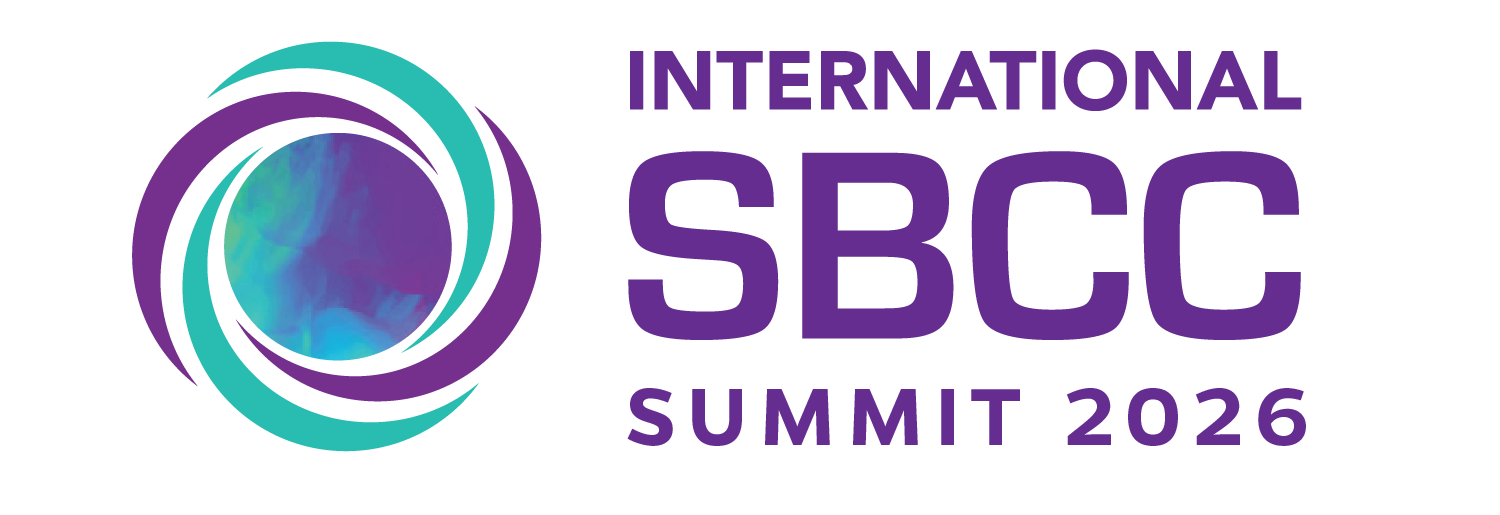Close
We are thrilled to share the theme of the 2026 Summit: The Power of Connection: Reimagining Knowledge, Action and Equity in a Changing SBC Landscape. This theme focuses on exploring the evolving landscape of SBC. It invites participants to critically question and challenge the power structures and relationships that underlie one’s ability to change and prioritizes the voices and leadership of those most directly impacted.
By drawing on the principles of innovation, equity, and transformation, the Summit’s focus will emphasize critical reflection on past practices and collaborative pathways for sustainable and inclusive change.
This sub-theme challenges conventional notions of evidence by promoting participatory, equitable, and community-centered approaches to knowledge generation and application. It highlights the ethics of collection and use of data, power dynamics of “expertise,” and the potential of innovative participatory research and practice. It will explore how alternative knowledge systems are challenging Western-dominated paradigms.
Follow the event conversation using #SBCCSummit

© Johns Hopkins University – All rights reserved